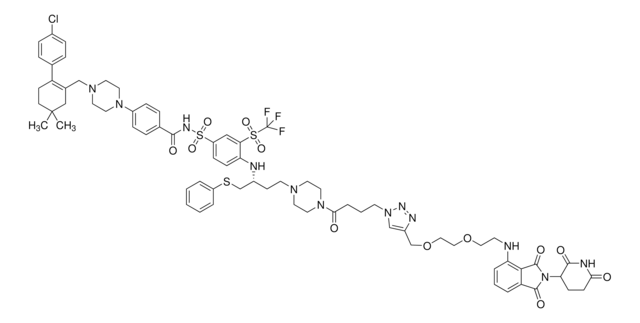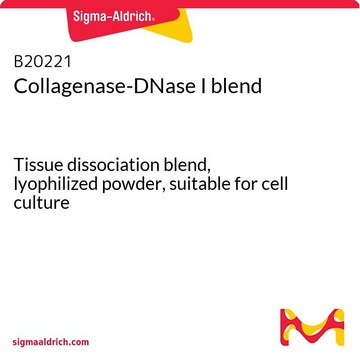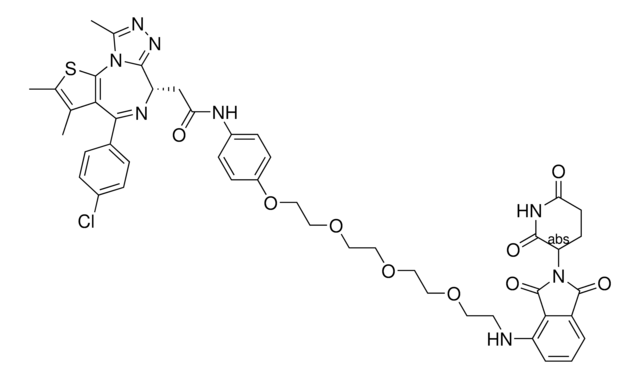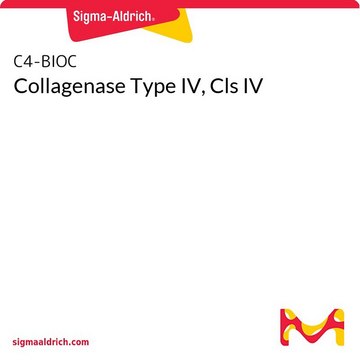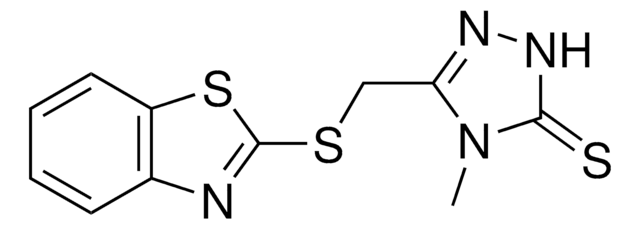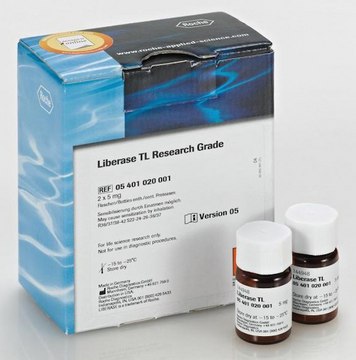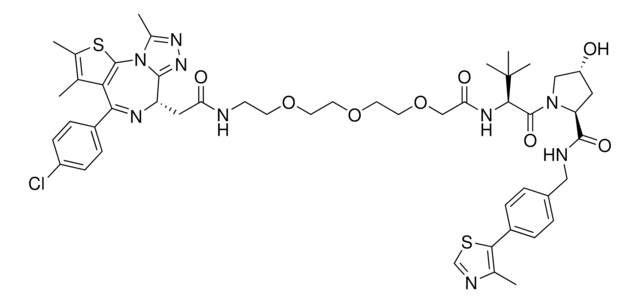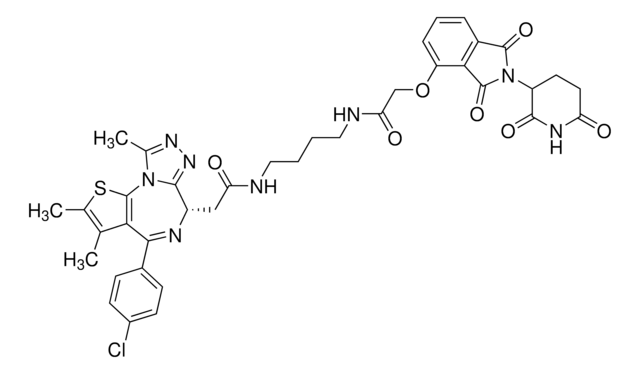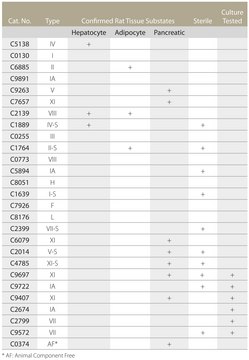SML3565
AT1
≥98% (HPLC)
别名:
(2S,4R)-1-(2R)-2-Acetamido-3-[[6-[2-[(6S)-4-(4-chlorophenyl)-2,3,9-trimethyl-6H-thieno[3,2-f][1,2,4]triazolo[4,3-a][1,4]diazepin-6-yl]acetamido]hexyl]thio]-3-methylbutanoyl]-4-hydroxy-N-[4-(4-methylthiazol-5-yl)benzyl)pyrrolidinine-2-carboxamide
登录查看公司和协议定价
所有图片(1)
About This Item
推荐产品
生化/生理作用
AT1 is a cell penetrant Proteolysis Targeting Chimera (PROTAC) that selectively targets BET4 proteins for degradation by recruitments of ubiquitin E3 ligase. AT1 comprise (+)-JQ1 as a BET4 binding domain and E3 ligase specific VHL (von Hippel-Lindau) ligand connected through a linker.
PROTAC containing (+)-JQ1 that selectively binds to BRD4
储存分类代码
11 - Combustible Solids
WGK
WGK 3
闪点(°F)
Not applicable
闪点(°C)
Not applicable
法规信息
新产品
历史批次信息供参考:
分析证书(COA)
Lot/Batch Number
Nicholas T Crump et al.
Nature communications, 12(1), 223-223 (2021-01-13)
Enhancers are DNA sequences that enable complex temporal and tissue-specific regulation of genes in higher eukaryotes. Although it is not entirely clear how enhancer-promoter interactions can increase gene expression, this proximity has been observed in multiple systems at multiple loci
Rebecca Beveridge et al.
ACS central science, 6(7), 1223-1230 (2020-07-30)
Protein degraders, also known as proteolysis targeting chimeras (PROTACs), are bifunctional small molecules that promote cellular degradation of a protein of interest (POI). PROTACs act as molecular mediators, bringing an E3 ligase and a POI into proximity, thus promoting ubiquitination
Morgan S Gadd et al.
Nature chemical biology, 13(5), 514-521 (2017-03-14)
Inducing macromolecular interactions with small molecules to activate cellular signaling is a challenging goal. PROTACs (proteolysis-targeting chimeras) are bifunctional molecules that recruit a target protein in proximity to an E3 ubiquitin ligase to trigger protein degradation. Structural elucidation of the
我们的科学家团队拥有各种研究领域经验,包括生命科学、材料科学、化学合成、色谱、分析及许多其他领域.
联系技术服务部门